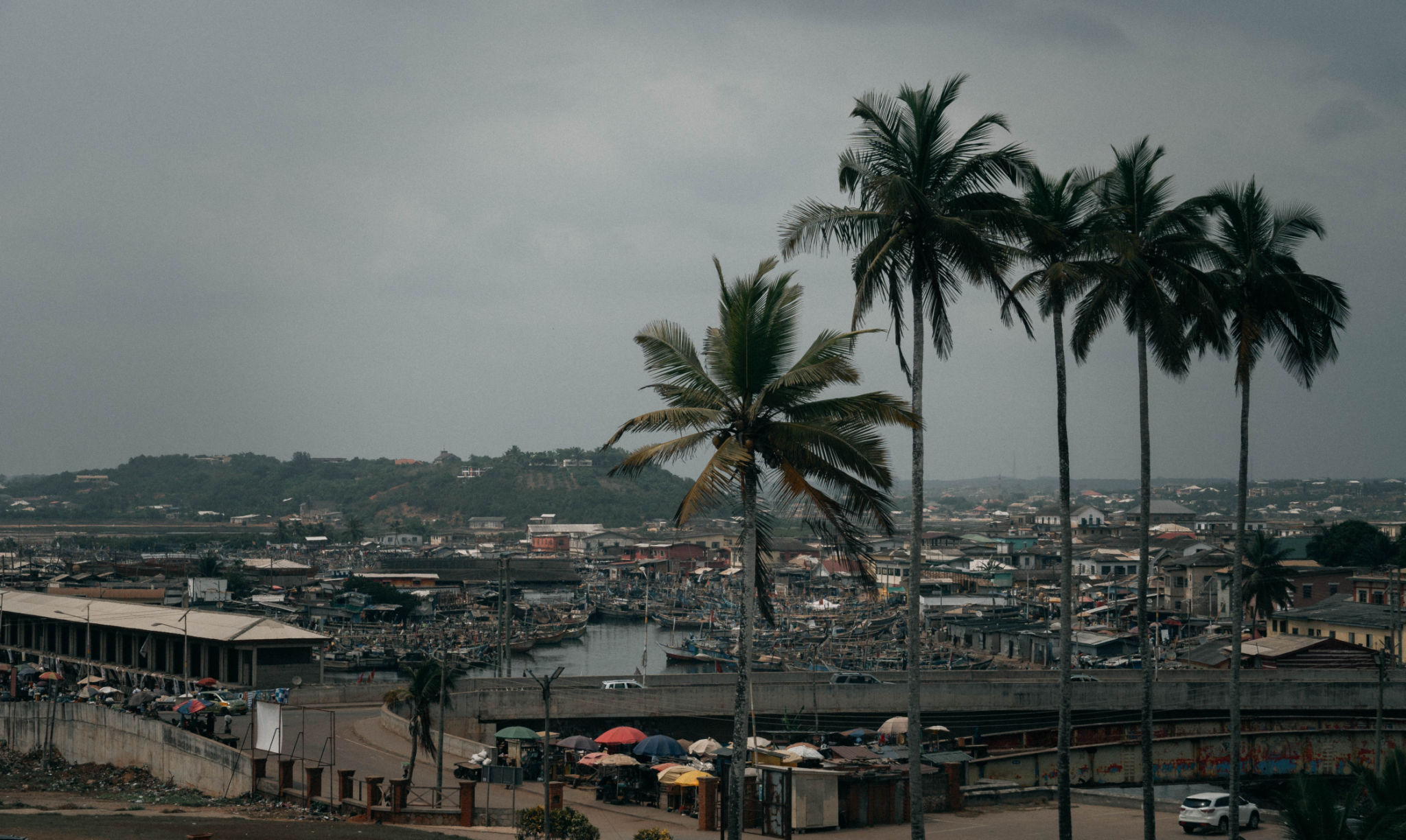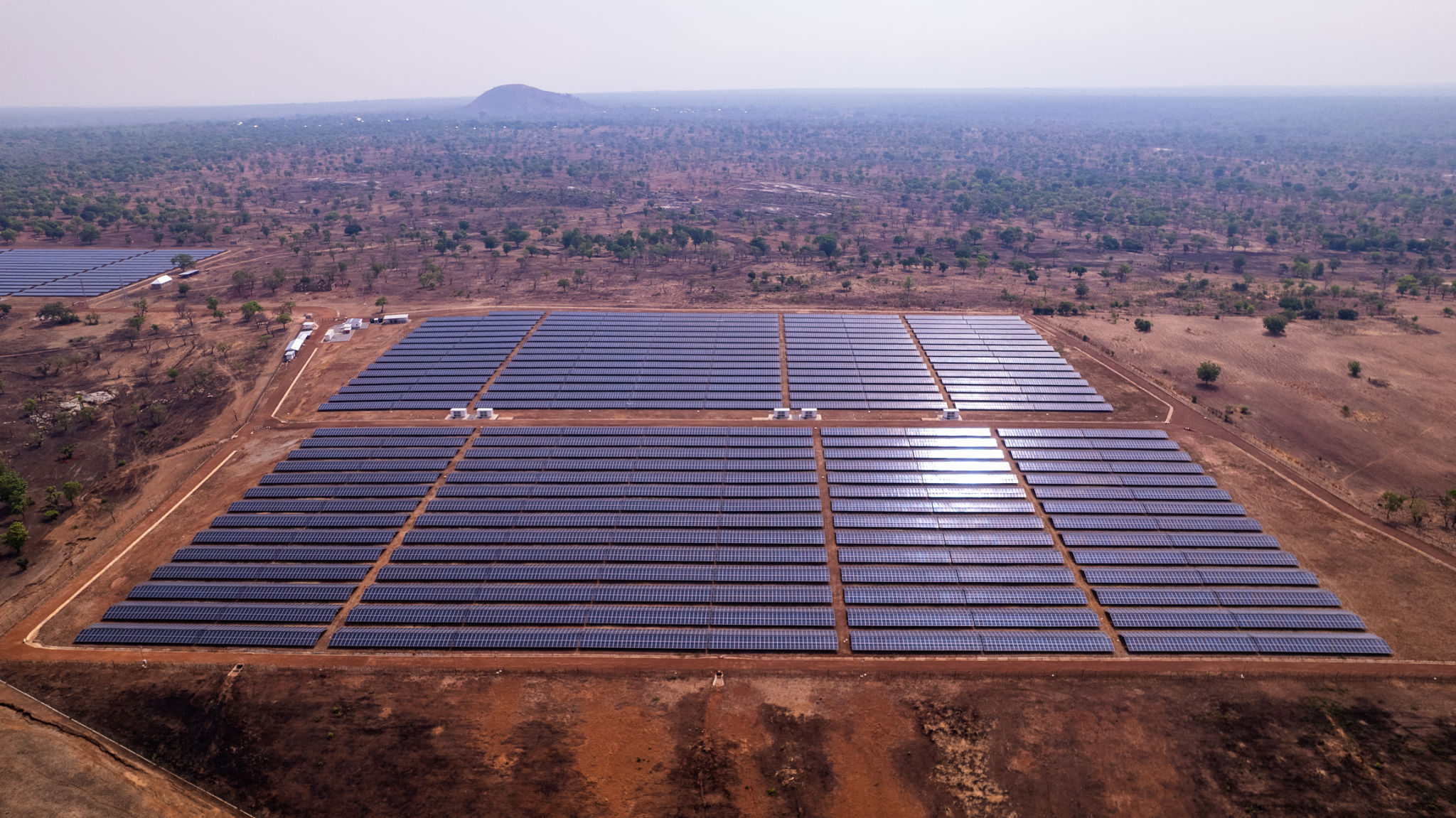Understanding the Impact of Climate Change on Ghana's Coastline
The Coastal Ecosystem of Ghana
The coastline of Ghana stretches over 500 kilometers and is home to a diverse range of ecosystems, including sandy beaches, lagoons, and estuaries. These areas are not just crucial for biodiversity but also support the livelihoods of millions of people. The coastal regions host major cities, such as Accra and Takoradi, which are economic hubs for the country.

Ghana's coastline faces numerous challenges as a result of climate change. Rising sea levels, increased coastal erosion, and changes in weather patterns are among the most pressing issues. These changes threaten not only the natural environment but also the socio-economic fabric of coastal communities.
Rising Sea Levels
One of the most significant impacts of climate change on Ghana's coastline is the rising sea levels. The increase in sea level results from the melting of ice caps and thermal expansion of seawater. This phenomenon leads to the submersion of low-lying areas, causing displacement of human settlements and loss of arable land.
The consequences of rising sea levels are profound. Coastal erosion has accelerated, leading to the loss of beaches and affecting tourism, a vital sector for Ghana's economy. Furthermore, saltwater intrusion into freshwater sources compromises water quality, affecting both human consumption and agriculture.
Impact on Coastal Communities
The impact on coastal communities is substantial. Many communities depend on fishing as their primary livelihood, and changes in sea temperatures and currents have altered fish distribution patterns. This shift makes it difficult for local fishermen to sustain their traditional practices and threatens food security.

Moreover, with increased flooding and erosion, infrastructure such as roads, bridges, and homes are at significant risk. The economic cost of repairing and relocating these structures puts a strain on the national budget, diverting resources from other essential sectors like health and education.
Strategies for Mitigation and Adaptation
Addressing the impact of climate change on Ghana's coastline requires a multi-faceted approach. Mitigation efforts focus on reducing greenhouse gas emissions at both national and global levels. Ghana is investing in renewable energy sources like solar and wind to decrease its carbon footprint.
- Implementing coastal protection measures such as sea walls and mangrove restoration.
- Promoting sustainable fishing practices to ensure long-term viability.
- Developing early warning systems for communities vulnerable to flooding.

Adaptation strategies are equally crucial. These include improving infrastructure resilience, promoting community awareness on climate impacts, and supporting diversified livelihoods to reduce dependency on vulnerable sectors.
The Role of Policy and International Collaboration
Government policy plays a critical role in addressing climate change impacts. National strategies must align with global efforts to combat climate change, such as the Paris Agreement. Ghana is actively participating in international forums to secure funding and technical assistance for climate initiatives.
International collaboration is essential for sharing best practices and technologies that can aid in mitigating the effects of climate change. Partnering with other countries and international organizations can help Ghana build capacity and resilience against climate-related challenges.
Conclusion
The impact of climate change on Ghana's coastline is a pressing issue that requires immediate attention. Through effective mitigation and adaptation strategies, policy-making, and international cooperation, it is possible to protect Ghana's coastal regions for future generations. Safeguarding these areas is not just an environmental imperative but also a socio-economic necessity.